Over the weekend, U.S. President Donald Trump reignited national debate over direct cash assistance by proposing a new round of rebate checks — this time linked to tariff revenues and health-care costs. The president suggested that Americans could receive up to $2,000 per person as part of a “tariff dividend,” alongside potential contributions to citizens’ Health Savings Accounts (HSAs).
While no official policy or legislation has been introduced, Trump’s proposal immediately grabbed attention, raising questions about feasibility, cost, inflation, and congressional approval. The concept echoes the COVID-19-era stimulus checks, but with a different funding source — revenue from tariffs imposed on foreign imports.
Economists, policymakers, and financial experts are divided: some view the idea as a bold populist move to return trade revenues to American families, while others warn it could fuel inflation, strain the budget, and face constitutional hurdles due to ongoing Supreme Court challenges against Trump’s tariff policies.
Trump’s Proposal Explained
In two Truth Social posts, President Trump outlined his vision:
-
First post: urged Republicans to “give money directly to your personal Health Savings Accounts.”
-
Second post: suggested a $2,000 per person dividend, excluding high-income earners, funded by tariff collections.
This approach mirrors the pandemic stimulus system but uses tariff revenue instead of debt-funded government spending. Trump claims that the tariffs — imposed primarily on goods from China and other trading partners — are generating record revenue that should be redirected to citizens.
A White House spokesperson later clarified that the administration “is committed to putting this money to good use for the American people,” though no timeline or mechanism was offered.
Tariffs and Their Economic Impact
To understand the foundation of Trump’s idea, it’s crucial to explore how tariffs work. A tariff is essentially a tax on imported goods, paid by U.S. companies that import products. Those businesses often pass part of that cost on to consumers through higher retail prices.
According to the U.S. Treasury Department, tariff collections have surged dramatically under Trump’s ongoing trade policy. As of September 2025, the U.S. had collected roughly $195 billion in customs duties — more than double the amount collected in the previous year.
However, while tariff revenues have increased, American households are also feeling the pinch. Research from economic think tanks estimates that tariffs cost the average U.S. household $1,800 annually in 2025 due to higher consumer prices.
Table: Key Figures Related to Trump’s Tariff Policy
| Metric | 2024 | 2025 (Projected) | Change (%) |
|---|---|---|---|
| U.S. Customs Duty Revenue | $93 billion | $195 billion | +109% |
| Average Annual Tariff Cost per Household | $1,050 | $1,800 | +71% |
| Estimated Inflation Impact (since 2023) | +2.6 percentage points | +3.1 percentage points | Moderate Increase |
| Inflation Rate (as of Oct 2025) | 3.0% | 3.2% | Slight Rise |
Health-Care Cost Connection
Trump’s first Truth Social post suggested that part of the new plan could involve direct deposits to Health Savings Accounts (HSAs). HSAs are tax-advantaged accounts that allow Americans to save for medical expenses.
With rising insurance premiums and expiring enhanced premium tax credits, millions of Americans face a steep increase in out-of-pocket health-care costs in 2026. Trump’s idea would, in theory, offer direct relief to these households, allowing them to use tariff revenue for medical expenses, insurance premiums, or emergency care.
However, Treasury Secretary Scott Bessent told ABC News that he had not discussed such a plan with the president, confirming that no official proposal exists within the Treasury or Congress.
Expert Reactions: “Popular, But Unlikely”
Economists and financial analysts agree that rebate checks would be politically popular but economically complicated.
According to Stephen Kates, senior financial analyst at Bankrate, “Direct deposit payments are unlikely to happen without Congress being on board. With current partisan divides, that approval would be extremely difficult.”
Brett House, a professor at Columbia Business School, described the proposal as “not a real or likely policy move,” emphasizing that there are no concrete discussions or policy frameworks to support the idea at this time.
Ed Mills, Washington policy analyst for Raymond James, added that while the checks are improbable in the short term, political dynamics could shift before the 2026 midterm elections. If economic indicators worsen, “Congress may show more interest in temporary cash relief to voters.”
Inflation and Fiscal Risks
One major concern among economists is that large-scale direct payments could reignite inflation.
Research by the Federal Reserve Bank of St. Louis (2023) found that pandemic stimulus checks contributed to a 2.6 percentage point increase in inflation. Injecting new money into an economy already facing price pressures could amplify those effects.
As economist Stephen Kates explained:
“Money is money. When more money comes into the economy to chase the same goods and services, it’s going to be inflationary.”
Currently, U.S. inflation remains above the Federal Reserve’s 2% target, hovering around 3.1%. Economists caution that if tariff rebates are issued, they could push inflation back above 4%, undoing progress made in the last two years.
Political and Legal Challenges
Even if Trump’s administration could fund rebate checks from tariffs, legal and legislative barriers remain.
-
Congressional Approval:
-
The U.S. Constitution grants Congress the power of the purse, meaning any spending or distribution of funds requires legislative approval.
-
With divided control in Congress, bipartisan support for a tariff rebate plan appears unlikely.
-
-
Supreme Court Review:
-
Trump’s tariff policies are currently under judicial review by the U.S. Supreme Court.
-
If the Court rules against the tariffs, the government may need to refund previously collected tariffs to importers — leaving no revenue for rebates.
-
-
Funding Gap:
-
If 100 million Americans each received $2,000, the total cost would be $200 billion.
-
Expanding eligibility to 200 million Americans would double the figure to $400 billion, nearly exhausting the entire 2025 customs revenue.
-
Analysts at the Committee for a Responsible Federal Budget estimate the true cost could reach $600 billion if structured like pandemic-era stimulus programs.
-
Table: Financial Breakdown of Proposed Tariff Rebate
| Scenario | Eligible Recipients | Payment per Person | Total Estimated Cost | Viability Based on 2025 Tariff Revenue |
|---|---|---|---|---|
| Conservative Estimate | 100 million | $2,000 | $200 billion | Feasible (within 2025 tariff revenue) |
| Expanded Estimate | 200 million | $2,000 | $400 billion | Strains Revenue Capacity |
| Pandemic-Style Model | 250 million | $2,000 | $500–$600 billion | Not Feasible (Requires Borrowing) |
Historical Context: The American Worker Rebate Act
This is not the first time the idea of a tariff-funded rebate has surfaced. In July 2025, Senator Josh Hawley (R-MO) introduced the American Worker Rebate Act, which proposed to distribute checks funded by tariff revenues.
The bill suggested using customs duties as a pool for household relief, targeting working- and middle-class families. The proposal was referred to the Senate Committee on Finance, where it has remained pending.
Hawley’s plan gained limited traction, partly due to budgetary uncertainties and concerns that such rebates could undermine trade policy objectives by offsetting consumer pain intended to pressure foreign producers.
Public Reaction and Political Calculations
Public response to Trump’s suggestion has been mixed. Supporters argue that tariff rebate checks would put “America First” by ensuring that tariff revenue directly benefits U.S. citizens rather than funding government programs.
Critics counter that the policy lacks fiscal discipline and may serve as an election-year populist gesture.
From a political standpoint, direct payments have historically proven effective in boosting voter sentiment, particularly in an election cycle. With midterms approaching in 2026, analysts see Trump’s proposal as an attempt to regain momentum among working-class voters affected by inflation and health-care costs.
Potential Economic Effects
If implemented, Trump’s rebate checks could influence the U.S. economy in several key ways:
| Economic Factor | Short-Term Effect | Long-Term Risk |
|---|---|---|
| Consumer Spending | Boosts household spending, potentially increasing GDP temporarily. | Risk of overheating economy, causing inflation. |
| Inflation | May rise 0.5–1% if checks distributed quickly. | Could pressure Federal Reserve to raise interest rates again. |
| Savings Rate | May increase if funds go to HSAs or savings accounts. | Depends on public trust and financial behavior. |
| Trade Deficit | Could worsen if higher spending boosts imports. | Counterproductive to tariff policy goals. |
| Political Impact | Enhances short-term approval ratings. | Fiscal sustainability questioned post-election. |
The Broader Tariff Debate
Trump’s tariff policies have been one of the most divisive aspects of his economic agenda. Supporters argue that tariffs protect American industries and bring manufacturing back home, while opponents claim they act as hidden taxes on consumers.
Despite these controversies, tariffs have become a major revenue source for the federal government — and a political tool for Trump’s administration.
However, economists like Tomas Philipson of the University of Chicago question the logic behind rebate payments:
“If foreigners are paying the tariffs, why would the U.S. need to rebate the money to its citizens? It implies that American consumers are bearing the cost.”
Future Outlook
At this stage, Trump’s $2,000 tariff rebate proposal remains conceptual, lacking any formal budgetary or legislative framework. Whether it transforms into a tangible policy depends on several factors:
-
The Supreme Court’s ruling on tariff legality.
-
Congressional willingness to authorize direct payments.
-
The state of the U.S. economy heading into 2026.
-
The political climate as the midterm elections approach.
If economic growth slows or consumer sentiment weakens, lawmakers may revisit stimulus-like measures, including tariff rebates, as a means to sustain spending power.
For now, the administration continues to highlight the record revenue from tariffs as proof of its strong trade posture, even as families face rising prices and health-care burdens.
Conclusion
Trump’s floated idea of $2,000 tariff rebate checks has energized debate over how best to balance trade policy, fiscal responsibility, and household relief.
While the proposal appeals to voters frustrated by inflation and high medical costs, it faces formidable economic, legal, and political obstacles. With tariffs under judicial scrutiny and Congress divided, the likelihood of Americans receiving such checks soon remains low.
Still, as the 2026 election season approaches, cash transfer ideas — especially those tied to populist economic messaging — are likely to remain central to both public discourse and campaign strategies.
Quick FAQs
What did Trump propose?
President Trump suggested $2,000 “tariff dividend” checks for Americans, funded by customs duties, and additional payments to Health Savings Accounts.
Is this an official plan?
No. Treasury officials confirmed there is no formal proposal or legislation currently in place.
How much tariff revenue does the U.S. have?
About $195 billion collected in 2025 so far — roughly double the previous year’s total.
Would every American get $2,000?
Not likely. Even covering half the U.S. population would consume nearly all tariff revenue.
Could it cause inflation?
Yes. Economists warn that large direct payments could push inflation above 4%.
Is Congress involved?
No. Congress would need to approve any such program, and current divisions make that unlikely.

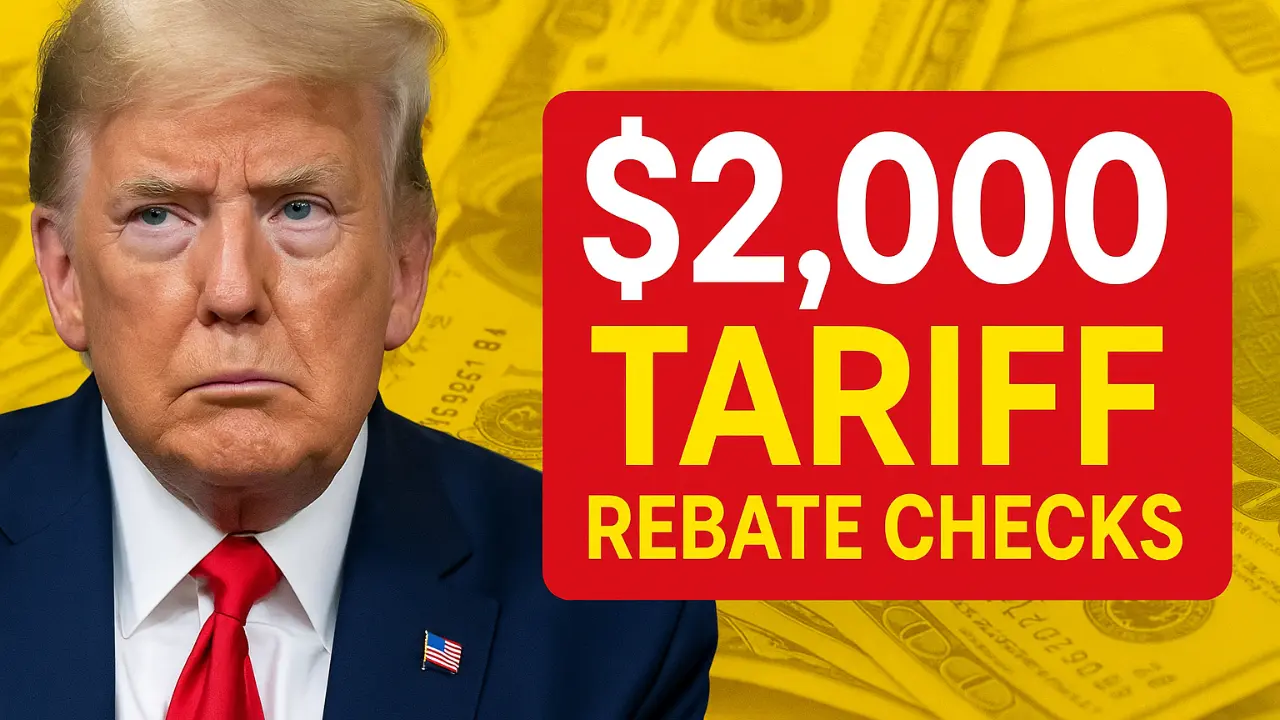
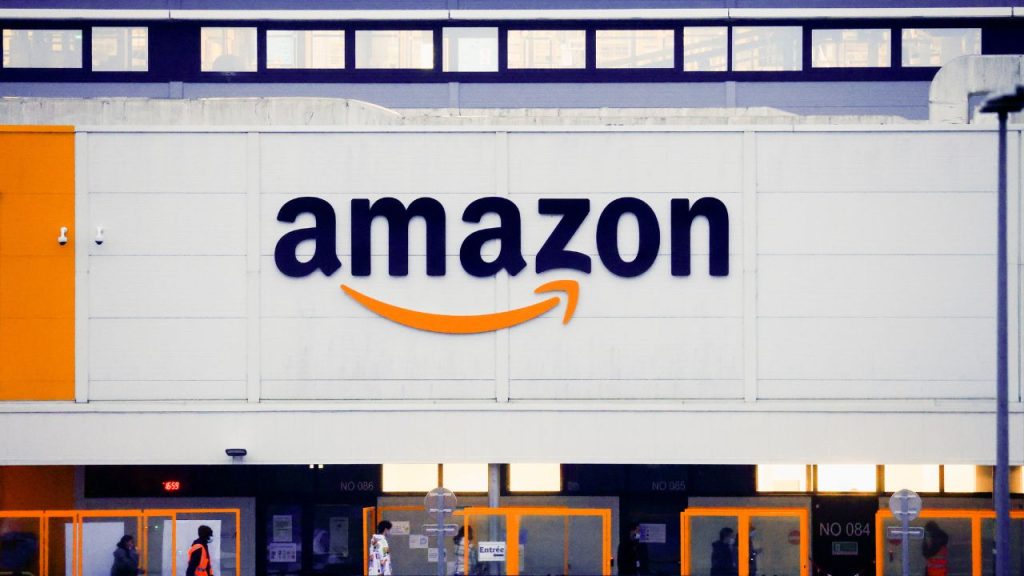
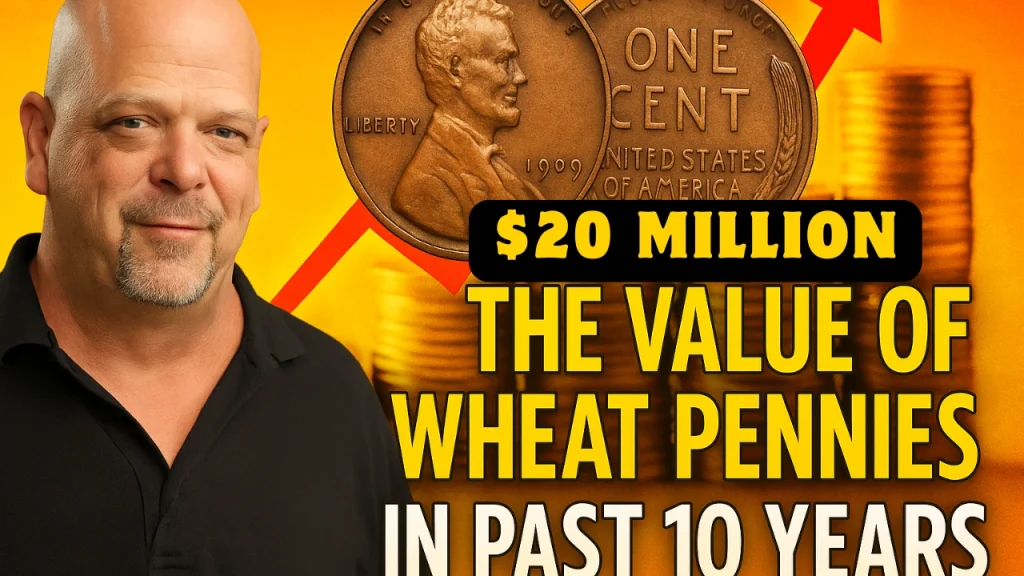
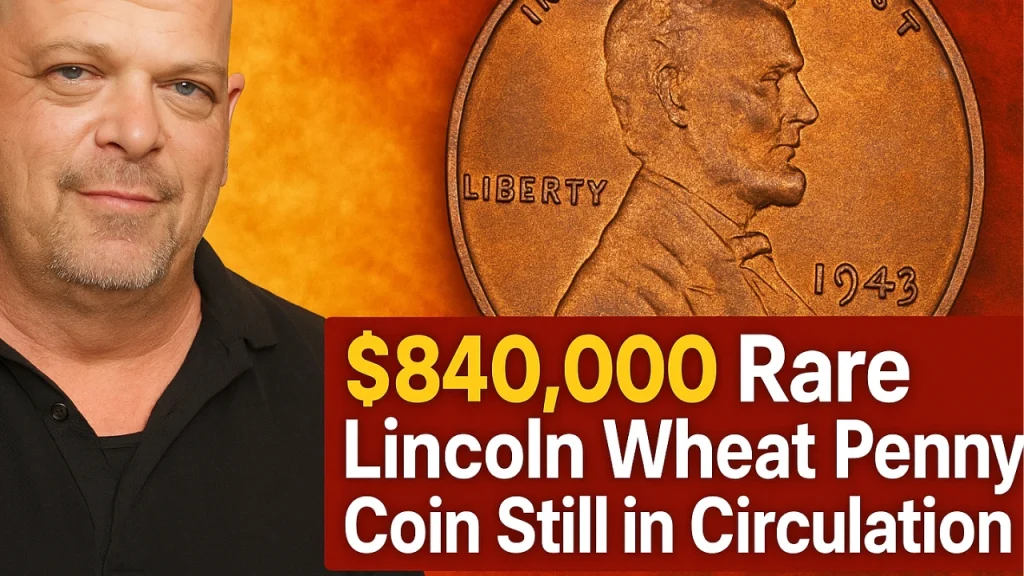
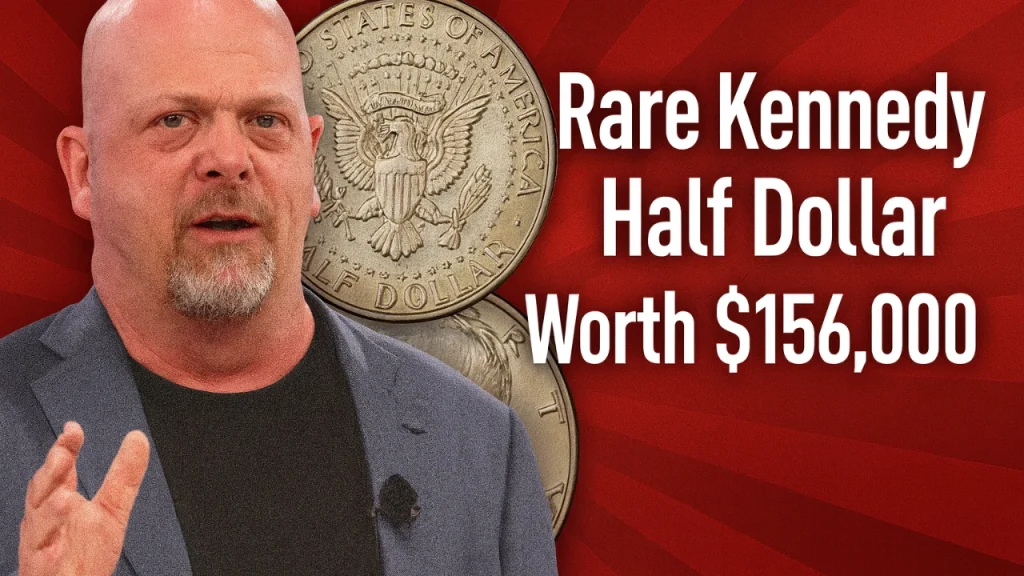
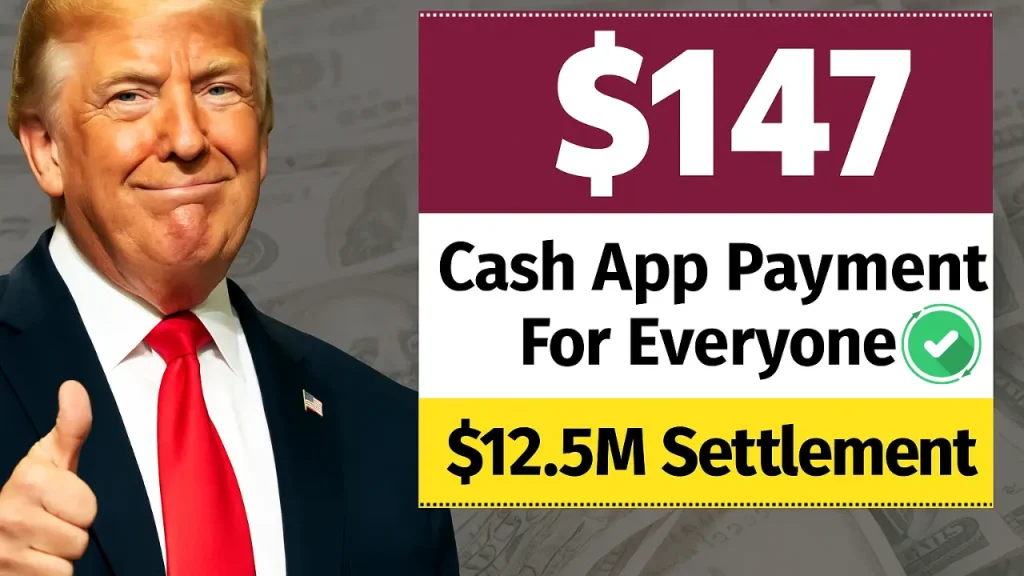


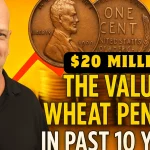


Leave a Comment